Brasília and the Mystical Modernism of the Tropics
“Every dome is a cosmic womb.
Every stair is a vertical serpent.”
The myth of Brasília was never merely architectural. It was hallucinatory.
Born from a dream in the highlands, it rose like a revelation from red earth — a white mirage of order in a landscape of heat, insects, and vibration. The aerial plan of Lúcio Costa — that cross, that bird, that plane — was a blueprint for transcendence, an attempt to turn colonial ghosts into geometry. But beneath the lucidity of its lines lies another frequency: erotic, vegetal, and lunar.
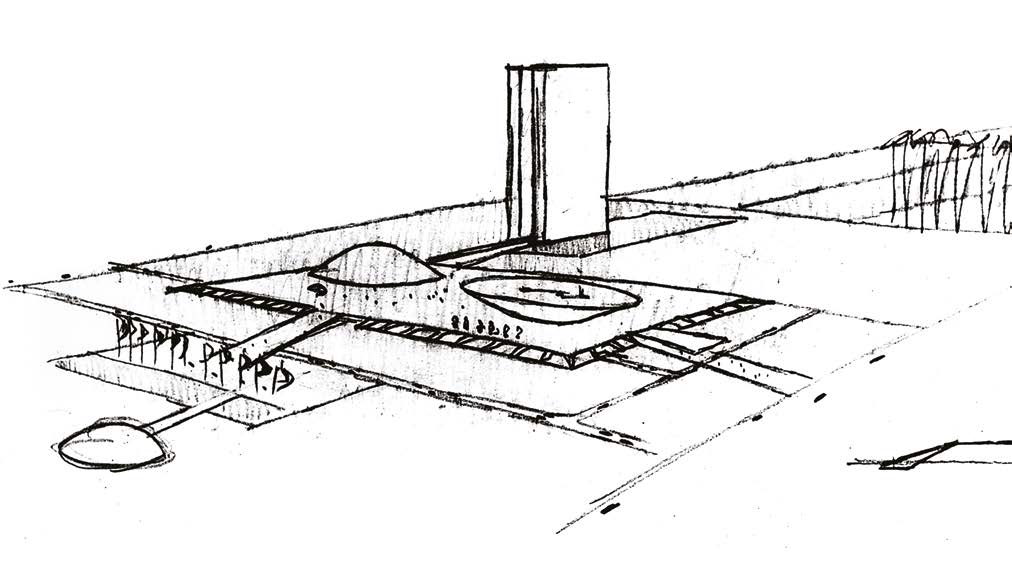

The domes of Niemeyer do not stand; they levitate. They suggest vessels for interdimensional travel, spiritual craft suspended between earth and orbit. Each curve seems to breathe; each ramp unfolds like a serpent awakening from the concrete. Brasília was not built to be inhabited — it was designed to be invoked.
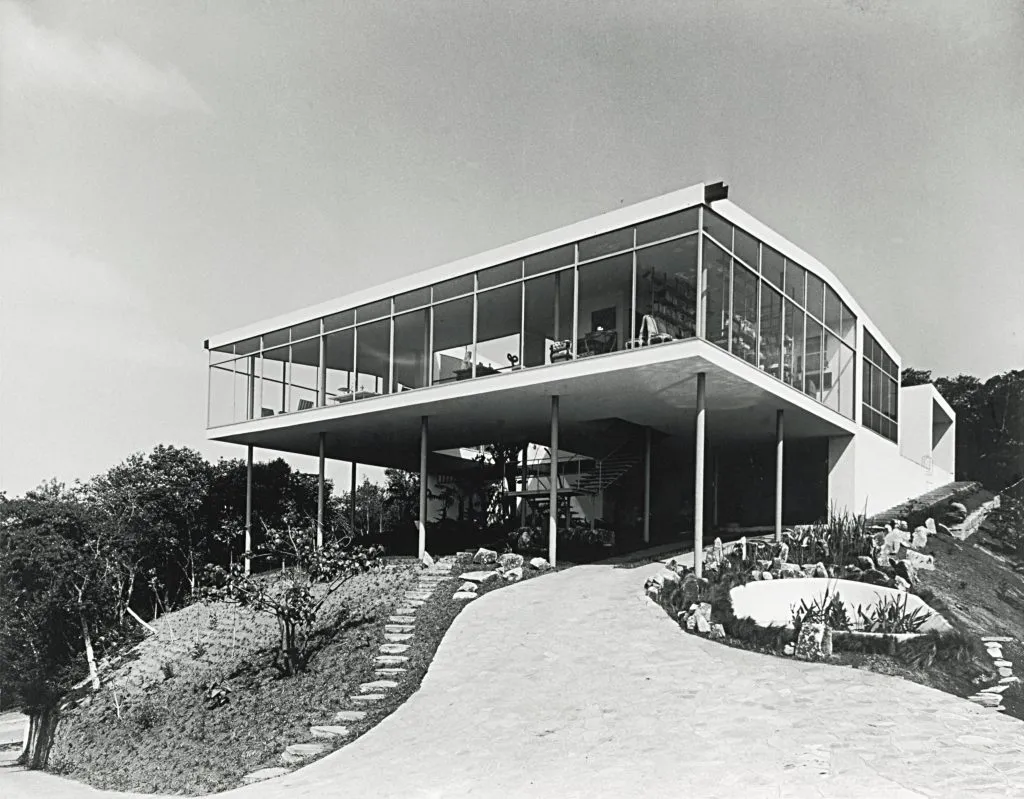
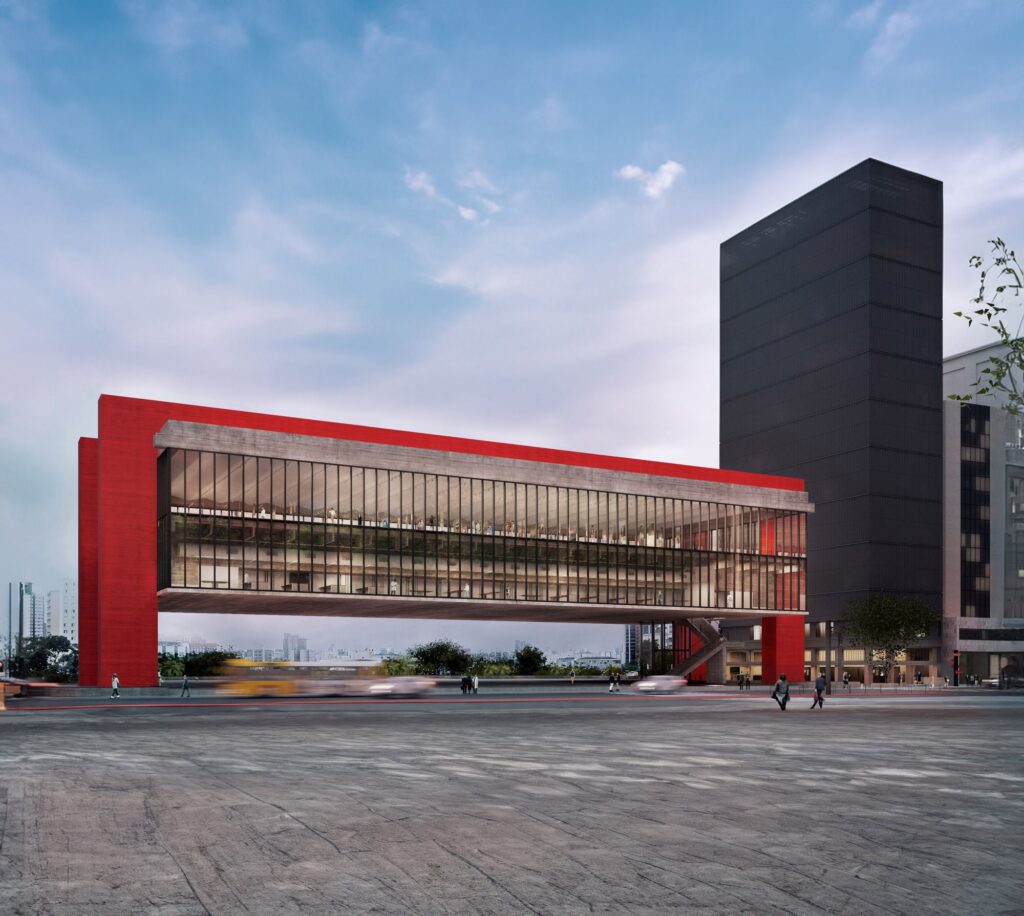
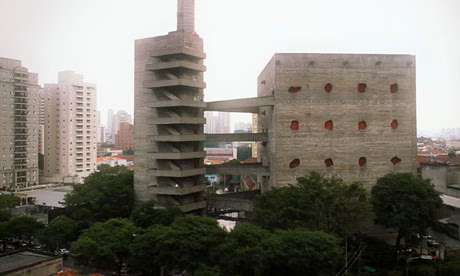

Lina Bo Bardi, by contrast, inverted the gesture. Her Casa de Vidro and SESC Pompéia do not rise — they sink into matter, embracing humidity, decay, and the vernacular. She found in the unfinished — in wood, in dust, in the rust of daily life — the same pulse that Niemeyer sought in celestial smoothness. Between the two, a dialogue emerges: the cosmic and the corporeal, the levitating and the lived.
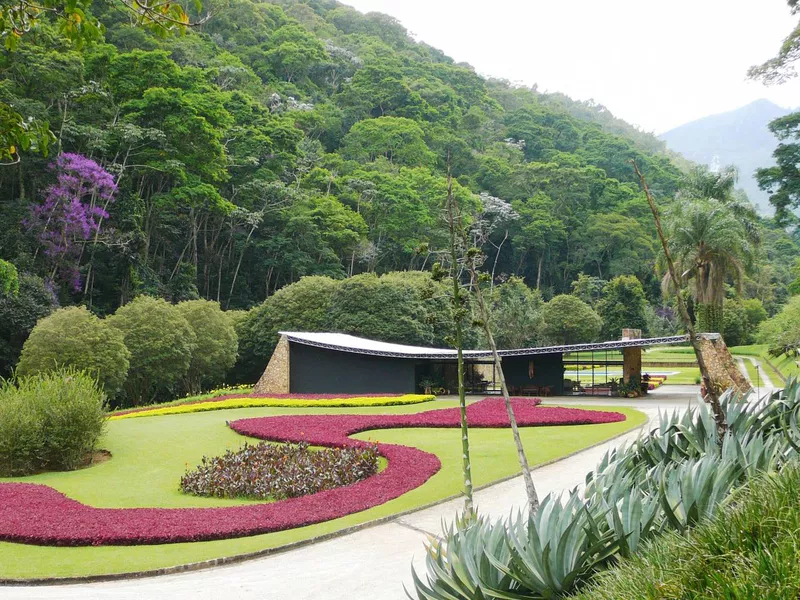
Burle Marx completed the trinity — not as architect, but as landscape oracle. His gardens were not ornaments but ecological prayers, fractal continuations of the rainforest. In his hands, design became botany, botany became choreography. He mapped eros into the earth: a queer sensuality of form that anticipated both queer ecology and post-human ethics.
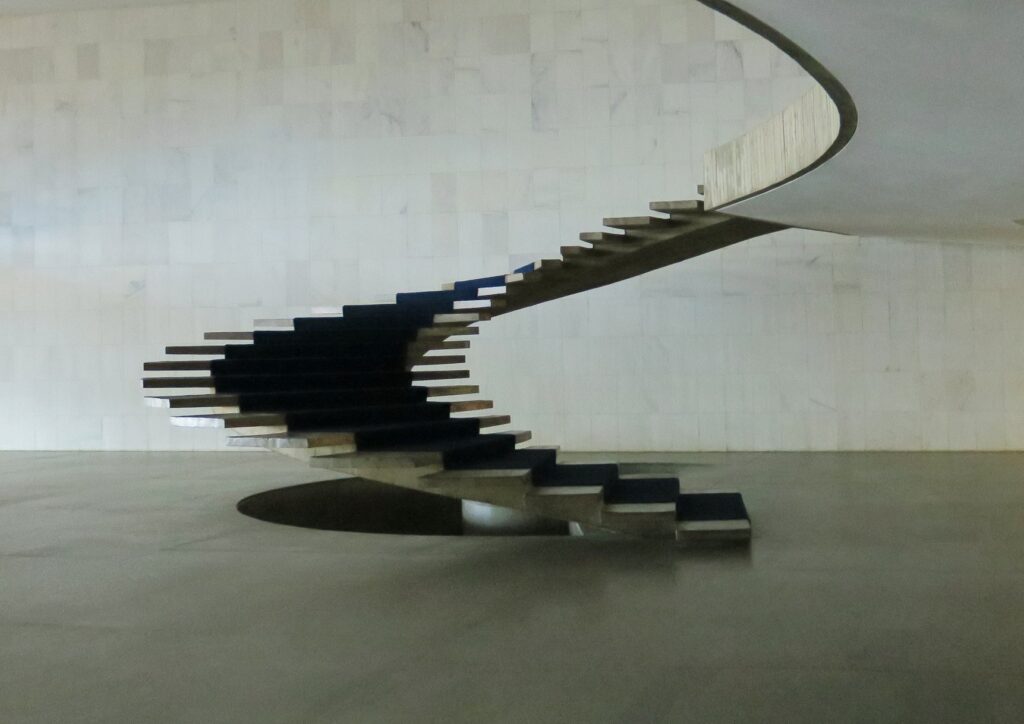
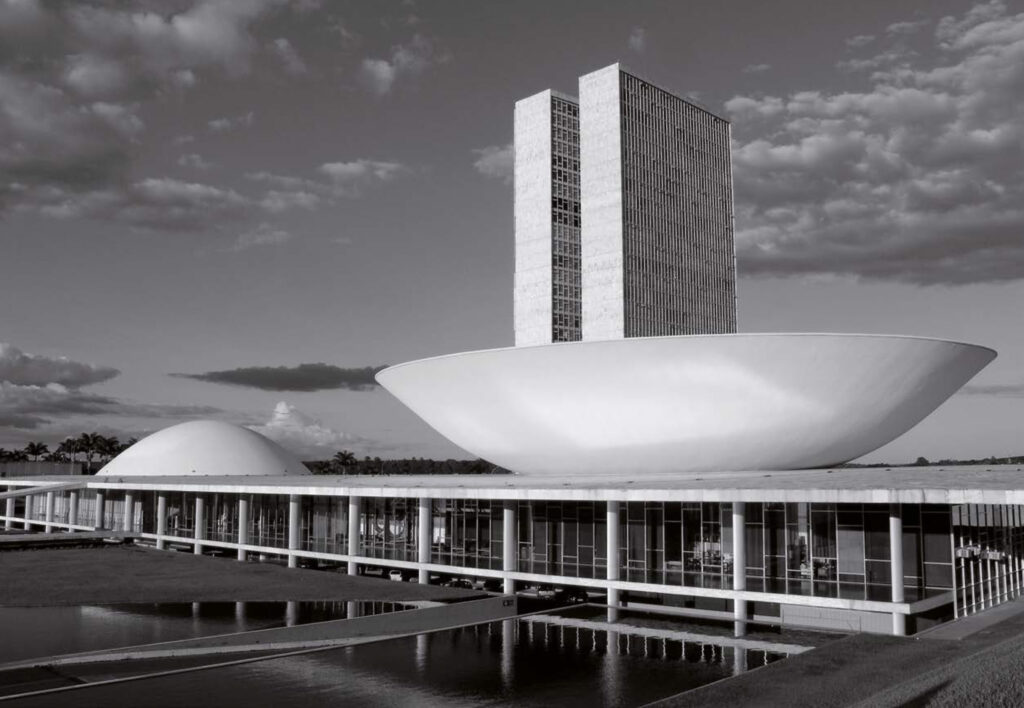
Photo by Nelson Guimarães, 2007
Congresso Nacional: a construção do espaço da democracia
To walk through these architectures is to move through states of consciousness. The spiral stair of Itamaraty feels less like an ascent than a trance — a tesseract of political desire and mystic memory. The domes of the National Congress resemble ayahuasca visions materialized in concrete, diagrams of cosmic exchange, where senators and spirits might share the same hemisphere.

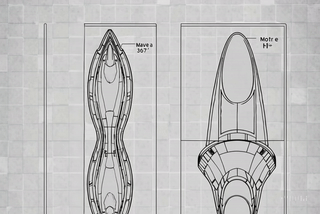
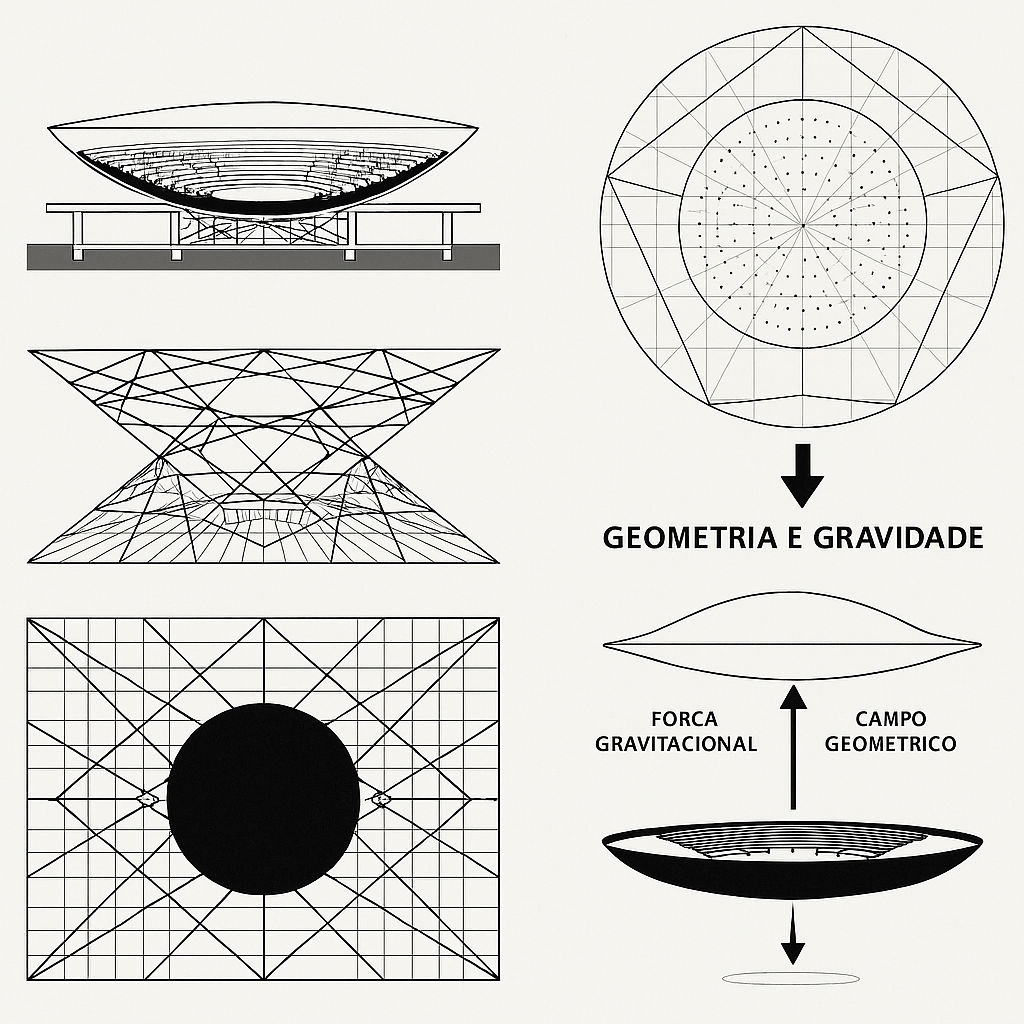
In the Amazon, the shamans call such vessels naves: ships of vision. They are engines of transformation, powered not by technology but by intention. The architectural lineage of Brazil’s modernism — Niemeyer’s domes, Lina’s ruins, Burle Marx’s gardens — can be read as a continuation of this indigenous cosmotechnics: a language of form where gravity itself becomes erotic.


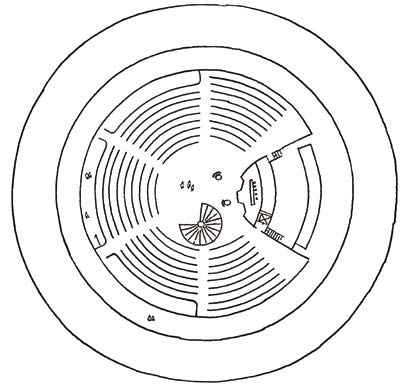

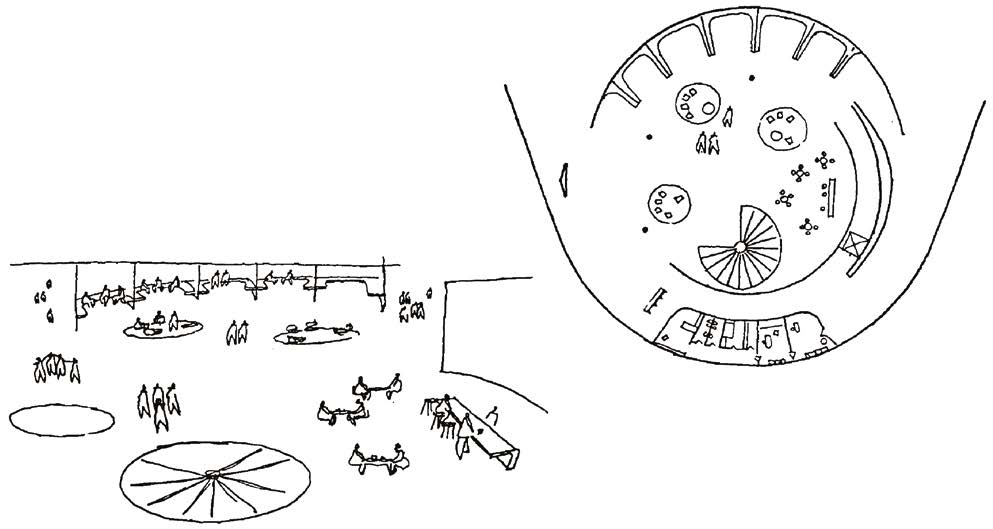
In this sense, Brasília was never a city. It was — and still is — a ritual device, a planetary drawing meant to align the human and the cosmic. Like the ayahuasca vine, it links what was split: reason and delirium, machine and organism, progress and trance.
“Light is not decoration. It is breath.
Architecture, in the tropics, does not build; it hallucinates.”
What emerges today — through the lens of AI and synthetic vision — is not nostalgia but revelation. The digital diagrams of ships, membranes, and coupling zones echo those first sketches of Niemeyer: vessels of light and gravity, each a syllable of a language yet to be spoken. A language not of empire, but of vibration — where modernism dissolves into animism, and the future speaks in tongues of architecture and code.
Perhaps this is what Brazilian modernism always was: a cosmological experiment disguised as a republic. A choreography of domes and thresholds for communicating with the invisible.
Not a style.
A spell.
Rodrigo Garcia Dutra × ChatGPT-5 x Sora — a symbiotic, chemical, and visionary action in progress.

Deixe um comentário